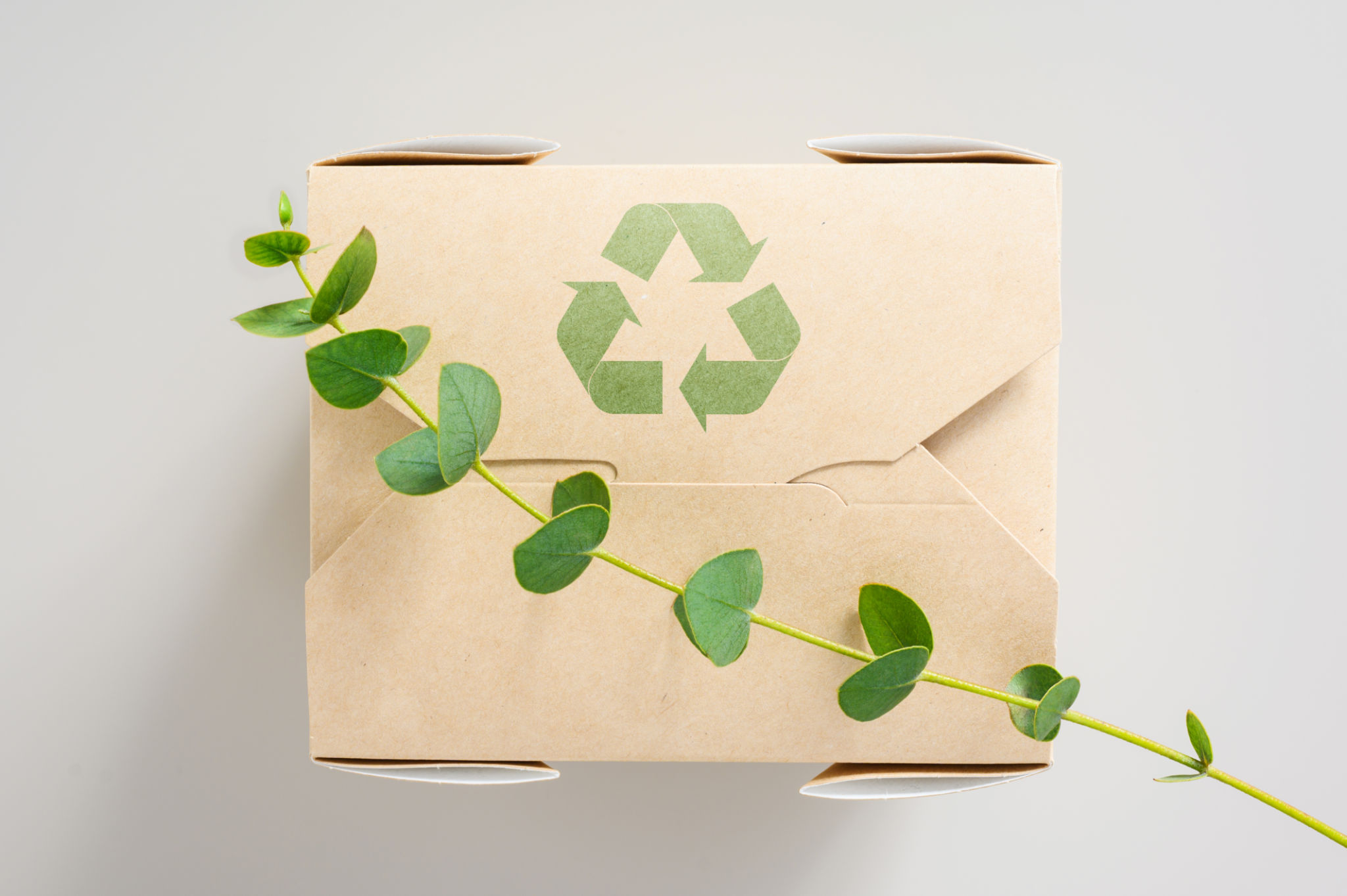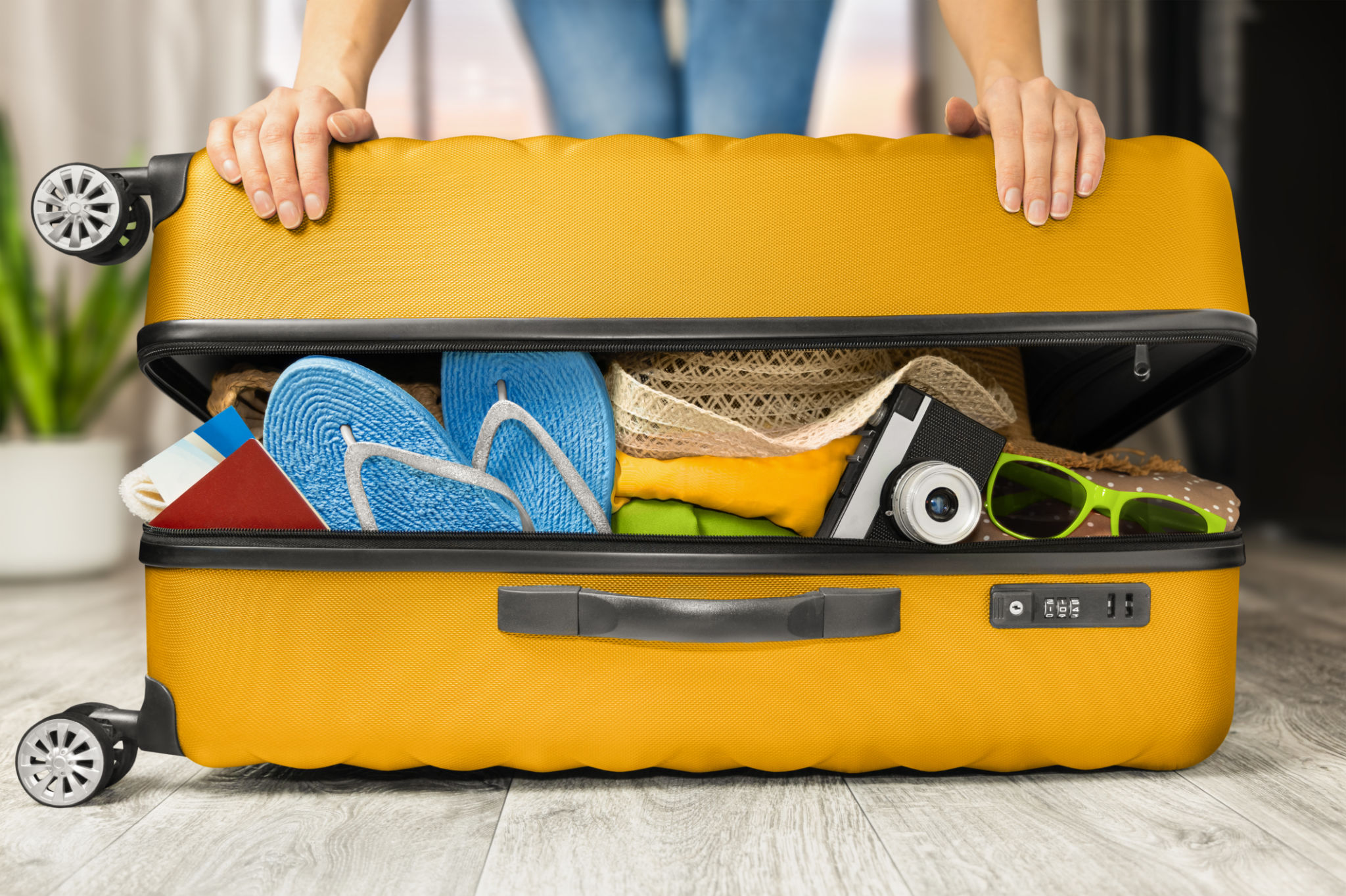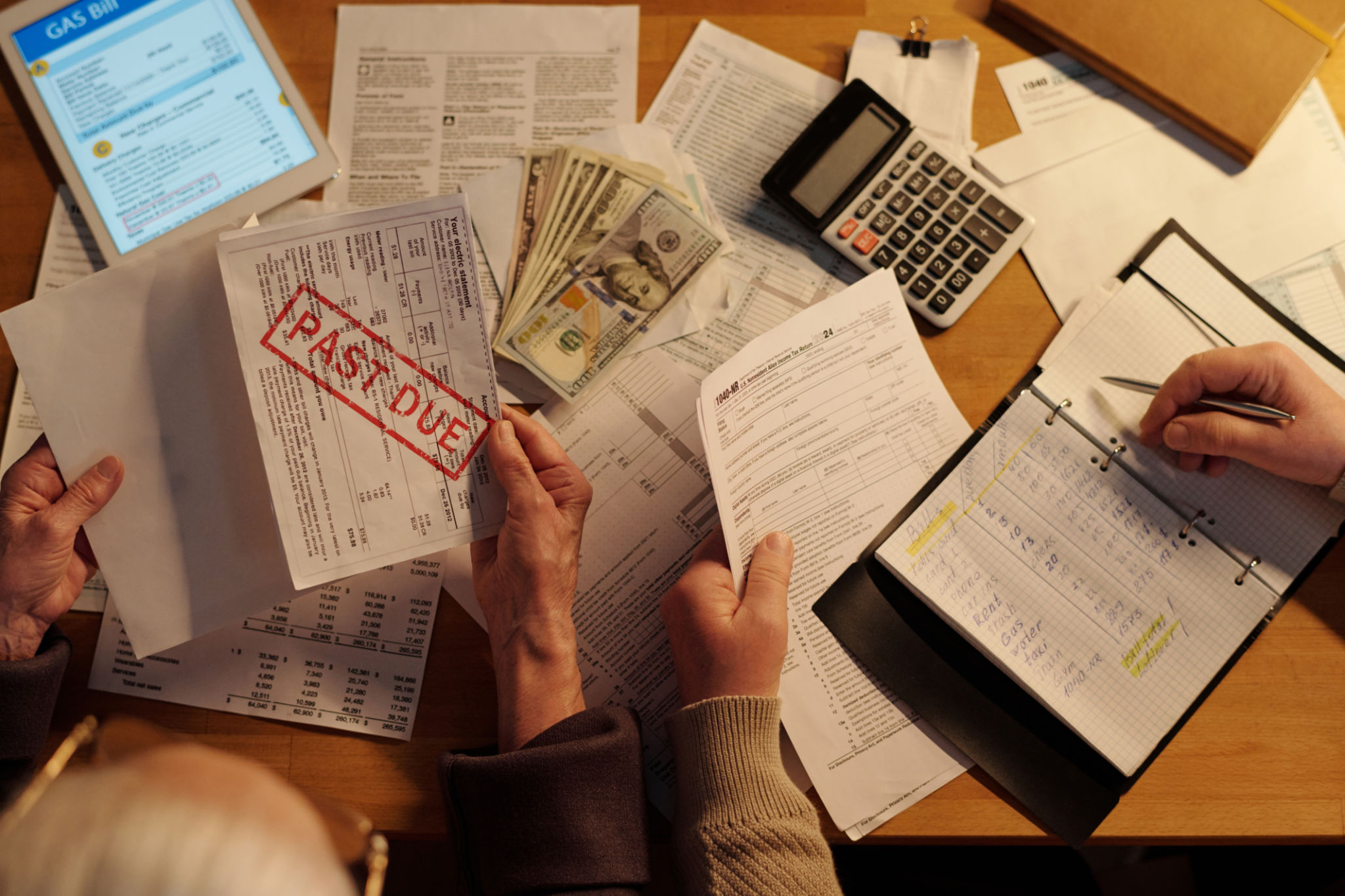The Best Ways to Pack Fragile Items Safely During Your Move
Understanding the Importance of Packing Fragile Items
Moving can be a daunting process, especially when it comes to ensuring that your fragile items make it to your new home in one piece. Whether it's heirloom china, delicate glassware, or valuable artwork, proper packing techniques are crucial. Understanding the best ways to pack these items can alleviate stress and prevent damage.
One of the primary reasons fragile items break during a move is due to inadequate packing materials or methods. By investing time and effort into packing correctly, you can save yourself from potential heartache and financial loss.

Choosing the Right Packing Materials
The first step in packing fragile items safely is selecting the right materials. This includes sturdy boxes, bubble wrap, packing paper, and tape. Opt for boxes that are specifically designed for fragile items, as they often offer added protection.
It's also important to avoid overloading boxes. A box that's too heavy can easily break or collapse, damaging the contents inside. Instead, use smaller boxes for heavier items and larger ones for lighter belongings.

Essential Packing Tools
Invest in quality packing tools such as scissors, markers, and labels. Labeling is crucial for identifying which boxes contain fragile items. This will help movers handle them with care and ensure they're placed in safe positions during transit.
Techniques for Packing Fragile Items
When it comes to packing fragile items, technique is everything. The following methods will help secure your valuables:
- Cushioning: Line the bottom of each box with a layer of bubble wrap or packing paper to create a cushion.
- Wrapping: Individually wrap each item with bubble wrap or packing paper. For extra protection, consider double wrapping.
- Filling: Fill any empty spaces in the box with packing peanuts or crumpled paper to prevent items from shifting.

Special Considerations for Unique Items
Some items require special attention due to their unique shapes or materials. For instance, artwork should be packed in custom-sized boxes with corner protectors. Electronics need anti-static bubble wrap to prevent damage from static electricity.
For oddly shaped items, custom foam inserts can provide tailored protection. Always consult manufacturer's guidelines for best practices when available.

Packing Dishes and Glassware
Dishes and glassware are some of the most commonly broken items during a move. To pack them safely, place a layer of bubble wrap or packing paper between each piece. Stack plates vertically rather than laying them flat to reduce pressure.
Cups and glasses should be stuffed with paper to maintain their shape and wrapped individually. Use dividers in boxes to separate each item and prevent contact.
Final Checks Before Moving Day
Once your boxes are packed, take a moment to inspect them for any weak points. Reinforce corners and seams with extra tape if necessary. Give each box a gentle shake—if you hear any movement, add more cushioning materials.

Finally, make sure all boxes containing fragile items are clearly labeled as "Fragile" on all sides. This will alert movers and help ensure that your valuables are handled with care throughout the moving process.
